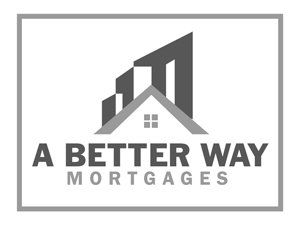New Paragraph
Don’t Assume Anything!
A lot of people get into hot water when they assume that because they’ve qualified for a mortgage in the past, they will qualify for a mortgage in the future. This article has one point to make and it’s this:
Don’t assume anything when dealing with mortgage financing!
And if that’s all you take away, that’s enough!
Just because you’ve qualified for a mortgage in the past, doesn’t mean you will qualify for a mortgage in the future, even if your financial situation has remained the same or gotten better. The truth is, things have changed over the last year, and securing mortgage financing is more difficult now than it has been in recent memory.
The latest changes to mortgage qualification by the federal government has left Canadians qualifying for about 20-25% less. On top of that, a lot of the “common sense” guidelines that lenders would use in determining your suitability have been replaced with non-negotiable hard and fast rules.
As a mortgage professional who arranges financing for clients everyday, I keep up to date with the latest changes in the mortgage world, understand lender products, and have my fingers on the pulse of what is going on.
From experience, I can tell you that having a plan is crucial to a successful mortgage application. Making assumptions about your qualification, or just “winging it” is a recipe for disaster.
If you are thinking about buying a property, I would love to talk with you about all your options, and help you put together a plan. Please contact me anytime!
Share
RECENT POSTS


STAY INFORMED
Subscribe to my newsletter




